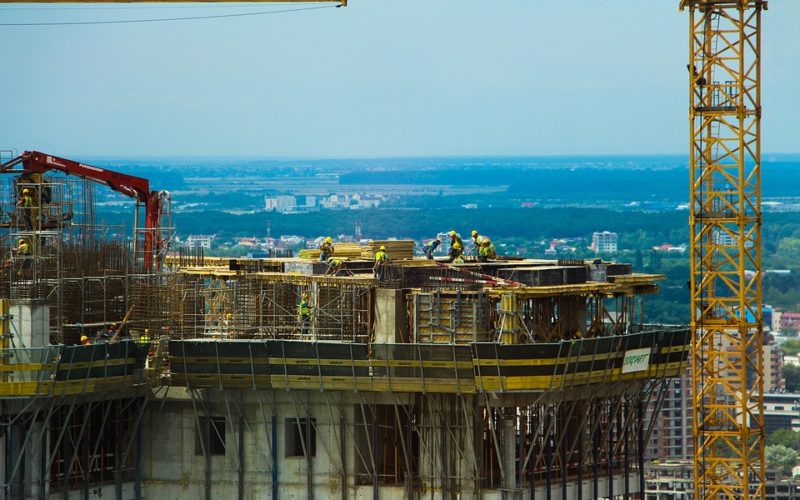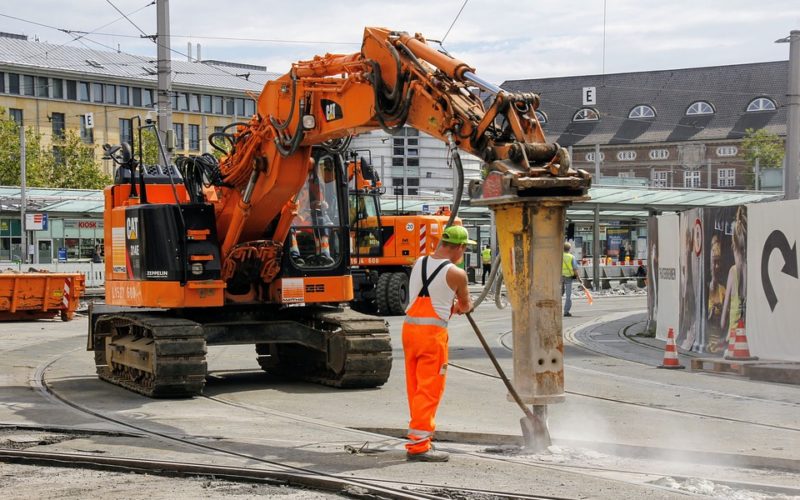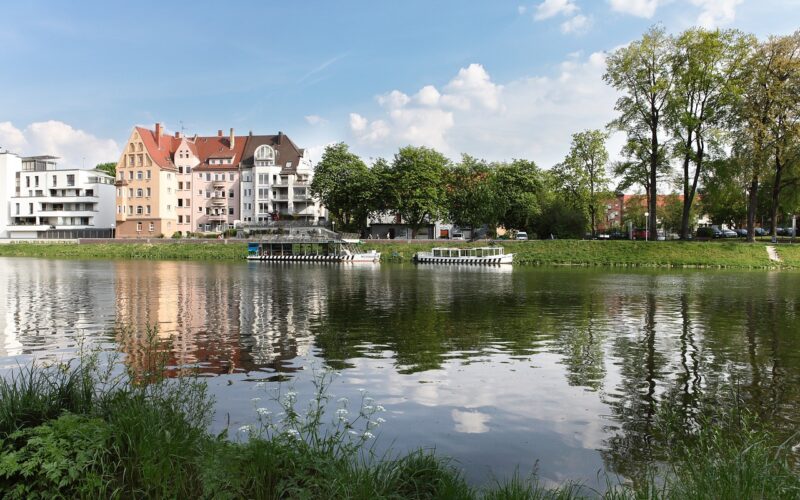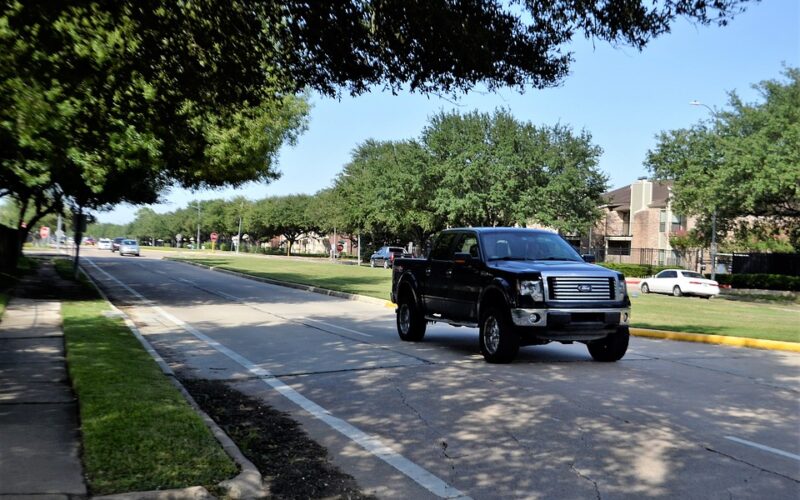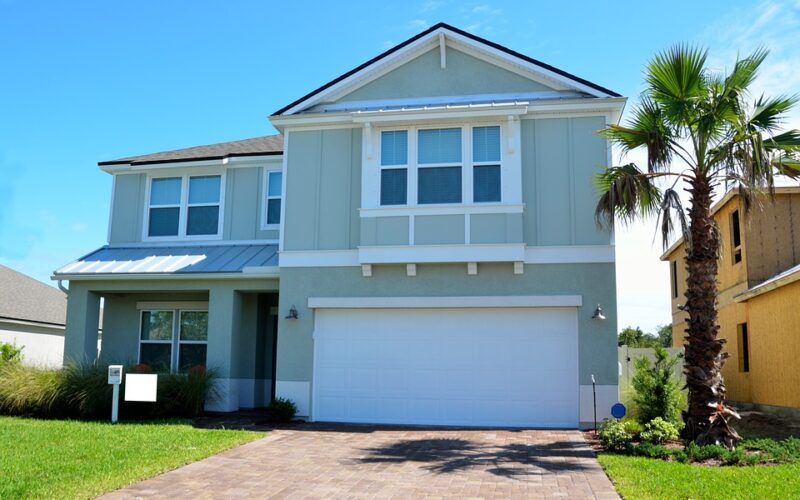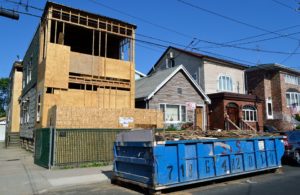Established neighborhoods are usually comfortable places where residents are busy raising their families, and they may see new development as a way to devalue their investment. While the majority of homeowners used to look only at a house as a place to live, they now see they might want to sell it in the future and reap a profit. For them, any new developments will have an impact on the value of their property. They want that impact to be a positive one, so they now take the time to learn as much as possible before signaling local government to move forward.
Commuting distance to employment has always been a factor in the value of a neighborhood, but it is often balanced by the noise of traffic. When any new development is proposed, locals want to know about the transportation network that will be needed to accommodate the new growth. If a business park is being proposed, they want to know how often there will be large commercial vehicles entering the area. Office parks have the concern of personal vehicles and traffic jams during rush hours, and residents want to know they will not suddenly be held prisoner during their own commutes. They might try to block any development that will interfere with their current lifestyle, so it is up to developers to address the issue of future traffic as part of their overall presentation to the community.
Local businesses are generally for any development that will enhance their trade, but large commercial endeavors will draw business away. They want assurances their property taxes will be compensated with increased business, or they will object strenuously to new building. They know their businesses, often in older commercial areas, will suffer if concessions are not made to help them in the future.
Every new development has good points as well as those that might have a negative impact on any part of the community. Public hearings are part of the process developers go through to negotiate with local governments to keep residents aware of changes that will impact their community, and they plan for local needs as much as possible before they propose them so their project will be approved.
